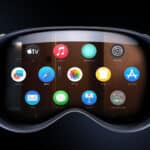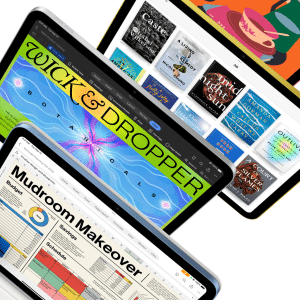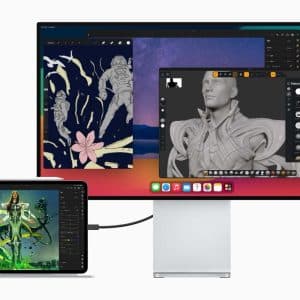Early demos showcased its potential for productivity, and Apple claimed that the Vision Pro could enhance user productivity. However, initial user experiences suggested that the Vision Pro might not be the optimal platform for getting work done. With visionOS 2, Apple aims to change that narrative through two significant updates designed to make the Vision Pro a truly useful computing device.
Major Enhancements to Mac Virtual Display
One of the most productive features of the Vision Pro has been the Mac Virtual Display, which essentially transforms the Vision Pro into an advanced display for Mac computers. visionOS 2 brings substantial upgrades to this feature:
- Ultra-Wide Mode: The Mac Virtual Display can now expand significantly in visionOS 2, offering a new ultra-wide mode that wraps around the user. This provides the equivalent screen space of two 4K monitors side-by-side in one seamless, expansive virtual display.
- Higher Display Resolution: Addressing common user feedback, visionOS 2 boosts the Mac Virtual Display’s resolution, making it a more viable monitor alternative for a broader range of users.
These improvements, however, will not be available with the initial release of visionOS 2. Apple plans to roll out these upgrades later in the year, potentially with visionOS 2.1 around October or 2.2 closer to December.
Enhanced Keyboard and Mouse Support
While the Vision Pro’s controller-free UI allows for seamless navigation using eye and hand movements, traditional input devices like keyboards and mice remain essential for many computing tasks. visionOS 2 introduces critical updates to support these peripherals better:
- Visible Keyboards: Although visionOS has always supported Bluetooth keyboards, these devices became invisible when using immersive environments. visionOS 2 rectifies this issue, ensuring that physical keyboards remain visible even in fully immersive settings, allowing users to type comfortably regardless of their virtual surroundings.
- Mouse Support: Initially, the Vision Pro lacked support for the Magic Mouse and other Bluetooth mice, despite supporting the Magic Trackpad. visionOS 2 now includes full mouse support, allowing users to navigate the system with their preferred peripherals.

The Vision Pro is still in its early stages, and despite Apple’s efforts to market it as a spatial computer, its true potential as a computing device is yet to be fully realized. While entertainment remains a significant strength of visionOS, particularly with immersive videos, these updates in visionOS 2 are promising steps towards making the Vision Pro a more practical and powerful computer.
Apple’s commitment to enhancing the Vision Pro’s productivity capabilities is evident, and these visionOS 2 features are poised to make a notable difference for users seeking a robust computing experience.













